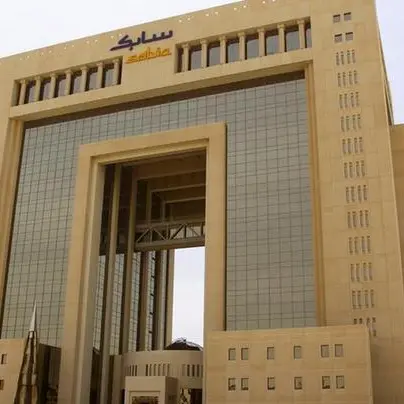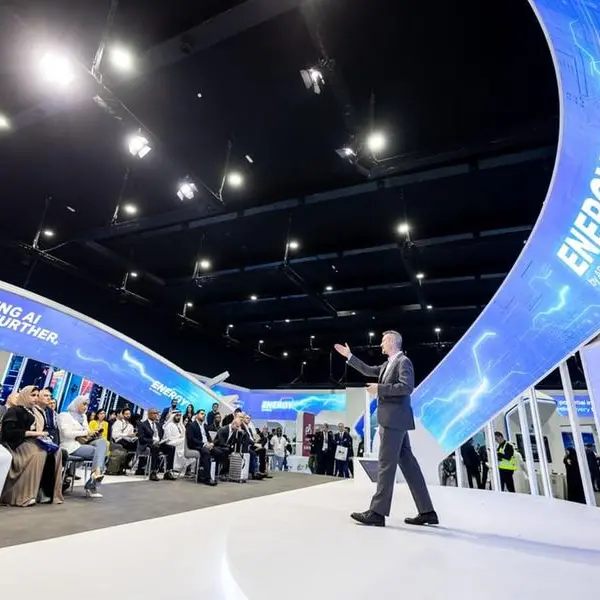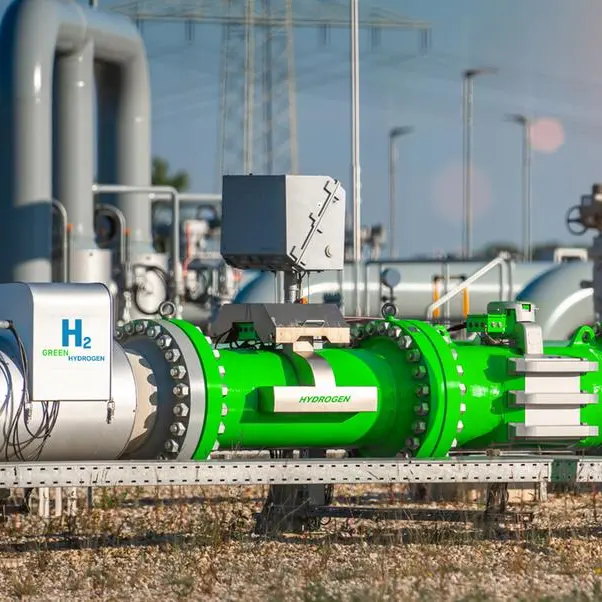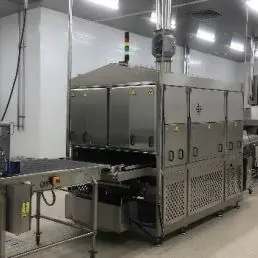PHOTO
A survey conducted by Boston Consulting Group (BCG) and sustainability data platform CO2 AI found that digital technologies are crucial to comprehensive emissions measurement and reduction.
The survey covered 1850 executives across 23 countries and 18 industries accounting for 40 percent of global emissions.
Thirty nine percent of the respondents ranked technology adoption and use as the leading strategic enabler for emissions reduction and 30 percent of the survey respondents said they plan to expand deployment of Artificial Intelligence (AI) powered tools in the next three years across a variety of functions. Companies are 2.5 times more likely to comprehensively measure emissions if they use automated digital solutions, the survey found.
Fourty percent of respondents estimated an annual financial benefit of at least $100 million plus for meeting emissions reduction targets, up three percentage points from the 2022 survey.
“Companies will move if they see a positive business case,” said Charlotte Degot Founder and CEO of CO2 AI.
The report found that companies surveyed made nil progress in comprehensive measurement and reduction year over year. Percentage of companies meeting their emission reduction targets have dropped to 14 percent this year from 17 percent the year before.
Degot cited couple of challenges that companies faced. “The first one this year is macroeconomic conditions making them prioritise business as usual activities and the second is capital constraints, which comes as a consequence of macroeconomic conditions”.
Research conducted by BCG and the World Economic Forum revealed that emissions have grown by 1.5 percent per annum while it must reduce by 7 percent every annually until 2030 to meet the 1.5-degree path.
“We are not seeing the bend of the curve. We are going in the wrong direction”, said Hubertus Meinecke, Managing Director and Senior Partner, BCG Global Leader, Climate and Sustainability practice.
During the launch of the report, he said the cost of inaction is rising as there is evidence that both the number of climate disasters as well as the impact per disaster has increased.
“The number of client disasters over the past decades has quadrupled from 800 to roughly 3300 per decade, four times as high as it was before, and climate disasters costed $1.8 trillion last decade”, he said.
But there are reasons to be hopeful said Diana Dimitrova, Managing Director and Partner, BCG X Climate and sustainability expert on data and digital solutions.
There was a 10 percentage points (pp) increase in Scope 2 measurement i.e internal emissions, 19pp increase in Scope 3 measurement, i.e external emissions, and 12pp increase in emissions reduction targets set since 2021, according to the survey.
“Organisations are now shining a light through where they source their energy from and the most hopeful aspect is Scope 3 emissions,” said Degot.
She observed: “Heavy emitting industries like cement, steel and oil have above the average target setting for scope 3…. we are seeing positive movement from those that contribute most to the challenge”.
Geographically, three regions have shown notable progress in comprehensive Scopes 1 and 2 measurements since 2021, with an increase of 9pp for South America, 7pp for Asia-Pacific and 5pp for North America, the survey found out. Both Africa and the Middle East have shown improvement in measuring emissions and are close to global average.
Companies that have been successful in meeting their emissions reduction targets follow four practises, said Dimitrova.
They are 1.7 times more likely to collaborate with their supply chain, 1.9 times more likely to calculate product carbon footprints for their portfolio, 2.2 times more likely to have fully automated emissions management processes and 2 times more likely to consider emissions reporting regulations to be a key enabler of reduction, the survey revealed.
(Writing by Sowmya Sundar; Editing by Anoop Menon)
(anoop.menon@lseg.com)
Subscribe to our Projects' PULSE newsletter that brings you trustworthy news, updates and insights on project activities, developments, and partnerships across sectors in the Middle East and Africa.























